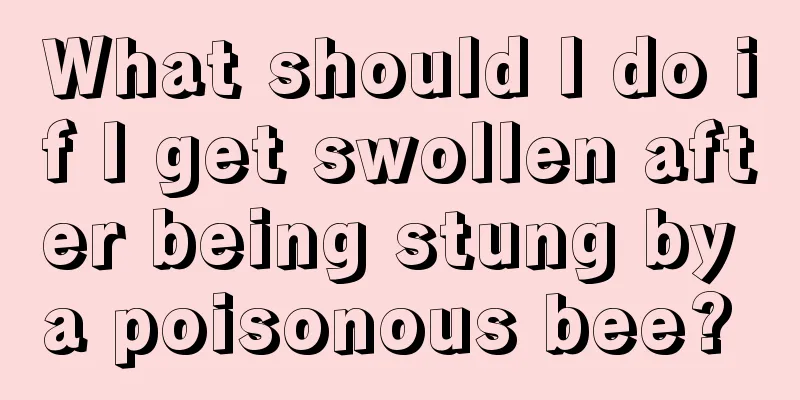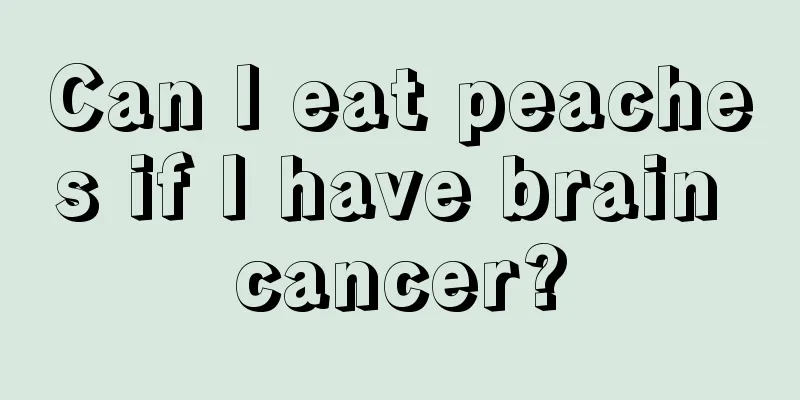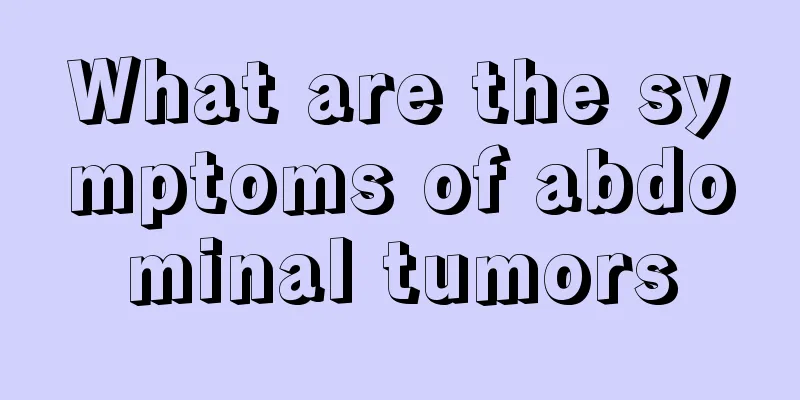What is the correct way to brush your teeth?

|
Normally, if we eat onions and garlic, we will think about brushing our teeth. That is to say, brushing teeth can reduce bad breath, which we often call halitosis. Not only that, developing the habit of brushing teeth in the morning and evening can also massage the gums, clean the mouth, and enhance the teeth's resistance to disease. If we don't brush our teeth regularly, we eat a lot every day, and some food residues will remain in our mouths and on our teeth. Over time, a lot of bacteria will breed, which will then lead to tooth decay and toothache. This shows how important brushing your teeth is. So how do you brush your teeth? What is the correct way to brush your teeth? 1. Master the correct way to brush your teeth. Normally we brush our teeth back and forth, but we don’t realize that this will damage our teeth in the long run, and some residues are difficult to remove. A more scientific method is to brush the upper teeth from top to bottom and the lower teeth from bottom to top along the gaps between the teeth, which can effectively clean various food residues in the gaps between the teeth. Then brush the toothbrush vertically between your teeth a few times, and also brush the tip of your tongue. And try to avoid brushing your gums to prevent hurting them. The innermost teeth on both sides of the mouth should also be brushed. 2. Control the strength of brushing your teeth. Many people use too much force when brushing their teeth, which can easily cause bleeding gums. Doing this for a long time will damage your gums and teeth, so apply even force when brushing your teeth and don't brush too hard. 3. Choose a suitable toothbrush. Currently, toothbrushes are available in a variety of styles: soft-bristle brushes, medium-bristle brushes, and hard-bristle brushes. They each have their own advantages and disadvantages, and we should make a reasonable choice based on our personal dental conditions. In order to protect the tooth surface, I recommend using a soft-bristle brush, which causes less damage to the tooth surface. 4. Master the appropriate time for brushing your teeth. When brushing your teeth, you can't just brush twice and call it a day. You should brush for about 3 minutes. It is best to brush your teeth about 3 minutes after a meal. 5. Pay attention to how many times you brush your teeth every day. The most reasonable frequency of brushing your teeth is 3 times a day. If you can't do that, at least brush your teeth twice a day. 6. Clean the mouthwash cup and toothbrush regularly. We only focus on brushing our teeth every day, and the mouthwash cup is often dirty and easy to breed bacteria, so it needs to be cleaned regularly. After brushing your teeth, you should tap the toothbrush on the edge of the mouthwash cup to shake out the toothpaste in the toothbrush bristles. 7. Choose the right toothpaste. Bite the squeezed toothpaste with your teeth. If you feel that there are granular substances in the toothpaste, it is a good toothpaste. 8. Horizontal vibration method: also called Bass brushing method. The horizontal vibration method uses short, horizontal brushing movements to best clean plaque, so it is also called the in-sulcus brushing method. Place the tip of the brush bristles at a 45° angle to the gum surface of the tooth and apply slight pressure, with the tip of the brush partially entering the gingival sulcus and partially outside the sulcus. Then vibrate the brush back and forth 6 to 8 times, with the bristles moving only 1 mm during vibration. When brushing the lingual and palatal surfaces of the upper and lower front teeth, if the dental arch is narrow, you can hold the toothbrush head upright and make short horizontal brushing movements. At the same time, you should also brush the occlusal surface of the back teeth and clean the pits and fissures on the occlusal surface. 9. Physiological brushing method: The bristles are in contact with the crown of the tooth, the bristle head points to the crown of the tooth, and the brush is gently brushed along the tooth surface towards the gums. Brush each surface of each tooth in turn. This method can not only clean the tooth surface, but also massage the gums. Above we have introduced the correct way to brush your teeth from many angles. Developing the habit of brushing your teeth morning and evening from an early age is not only beneficial to dental health but also can prevent many oral diseases. We often say that toothache is not a disease, but it is very painful. Toothache is caused by oral inflammation. If the mouth is not cleaned in time, residues will be produced and bacteria will be produced, which will cause toothache. Therefore, we must protect our teeth. |
<<: Is it better to brush your teeth before or after meals?
>>: What is the role of acetylcholine in vasodilation
Recommend
Sitting up suddenly while sleeping
Some people become particularly nervous during sl...
What causes hair loss at age 30?
Hair loss usually affects men more than women. Th...
What is the highest degree of contact lenses
It's understandable that many people prefer w...
How to care for cerebral infarction
We usually call cerebral infarction cerebral infa...
How to deal with skin damage
If the epidermis is injured, it is very easy to g...
What are the differences between laundry detergent and laundry powder?
Laundry detergent and washing powder are both com...
Is nasopharyngeal cancer likely to be inherited?
Patients with nasopharyngeal cancer are usually v...
What are the early symptoms of liver cancer? 7 early symptoms of liver cancer you should know
In an era when various diseases are prevalent, we...
How to avoid the recurrence of bile duct cancer
When it comes to cancer, many people think of it ...
Where is the psoas muscle located
The term lumbar muscle strain appears frequently ...
How to use tomatoes to control prostate cancer
Tomatoes are a kind of food that we often eat, bu...
How to wash moldy clothes
I put the clothes in the closet without drying th...
Can I drink milk when I have a stomachache
If a person has stomach pain, it is mostly caused...
What are the symptoms of lung cancer?
Lung cancer is a disease of the human respiratory...
The three liver function bilirubin items are high
Liver function is a very important function of th...









